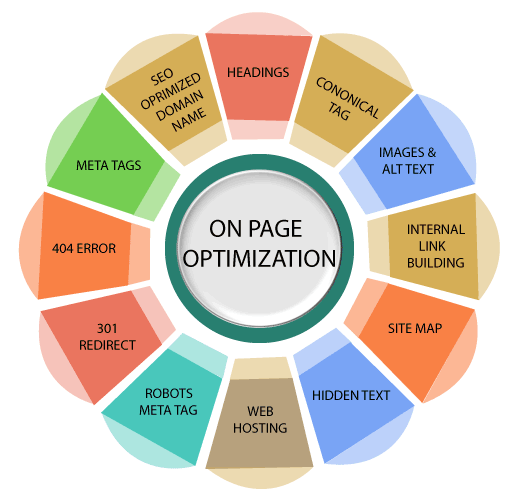


Import the `Image` component from the `next/image` APIĮxport default function CardImage( This means you only need to learn how to use one API to handle image optimization in Next.js.īy design, and in its most basic form, the component is fundamentally similar to the HTML img element because they both accept a src and alt attribute/property: // 1. It exposes an component as a conventional single-source of truth. The next/image API is the sweet spot of image optimization in Next.js. Next.js can also automatically adopt future image formats and serve them to browsers that support those formats. Images are lazy-loaded by default and can be served in modern formats like WebP in supported browsers. Unaffected build timesīuild times aren’t increased as a side-effect of optimization because Next.js optimizes images on-demand as users request them, instead of at build-time. With next/image’s simple-to-use API, developers have an improved experience themselves with the ability to define a basic image, tweak it to their heart’s content, or delve into advanced configuration options like caching and loaders. With optimized images that are loaded lazily by default, users can expect a performance boost in website load time, ultimately improving the overall user experience. Next.js 10 welcomed a built-in image optimization API, next/image, as a canonical form for native automatic image optimization, providing five benefits. And while most of the optimization focuses on reducing the amount of JavaScript shipped to users, there are other aspects like images that need optimization as well. The case for automatic image optimization in Next.jsįrameworks like Next.js offer an abstraction that solves the most common, mundane, and complex tasks like routing, internalization, and image optimization.Īccording to the Next.js team, the goal with Next.js is to improve two things: developer and user experiences.

This is where automatic image optimization can benefit developers. However, they can quickly become unwieldy to unpack. Solving for the user’s need is doable through the img element’s plethora of APIs for optimization. To ensure users are served the most optimal image available, aspects like image size, web formats, and responsiveness must be addressed. As the web evolved, so did the need for image optimization, whether it be for user or developer experiences. You can - and you should - go further in this canonical form of image definition by adding an alternative text ( alt) that describes an image if a browser or screen readers can’t load it: īut with images on the web, the devil is in the detail. Ordinarily, the sourced image, image.jpg, is embedded into a web page, assuming the image is in the same directory as the HTML page. Defining them in their most basic form is straightforward and done with the humble element: Next.js automatic image optimization with next/imageĪ picture is worth a thousand words, and images are an important part of the web to communicate with users. Adebiyi Adedotun Follow Caught in the web, breaking things and learning fast.


 0 kommentar(er)
0 kommentar(er)
